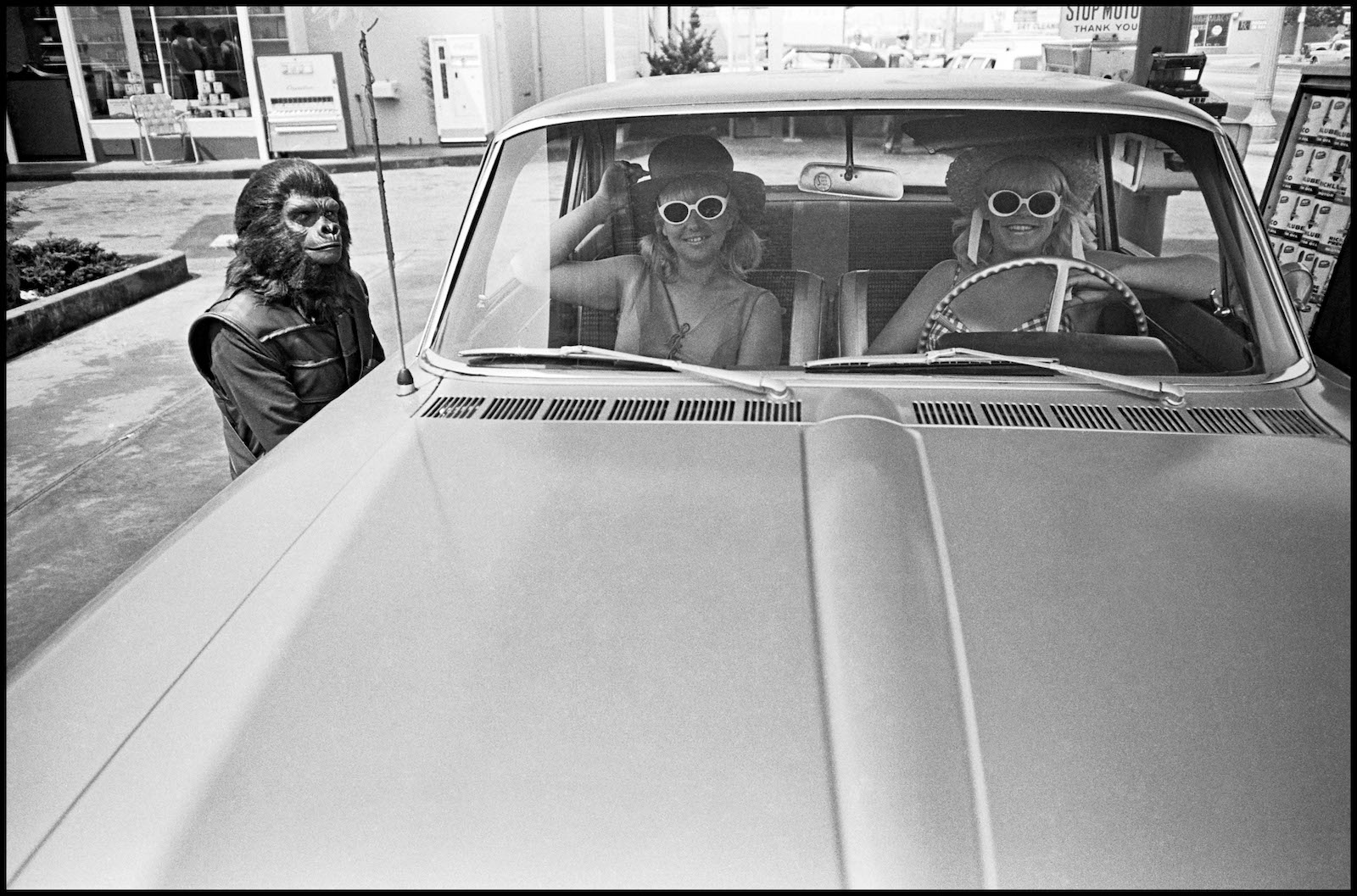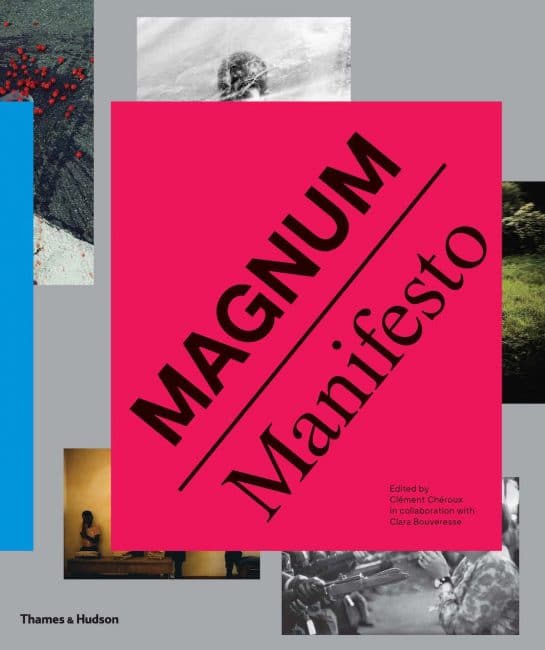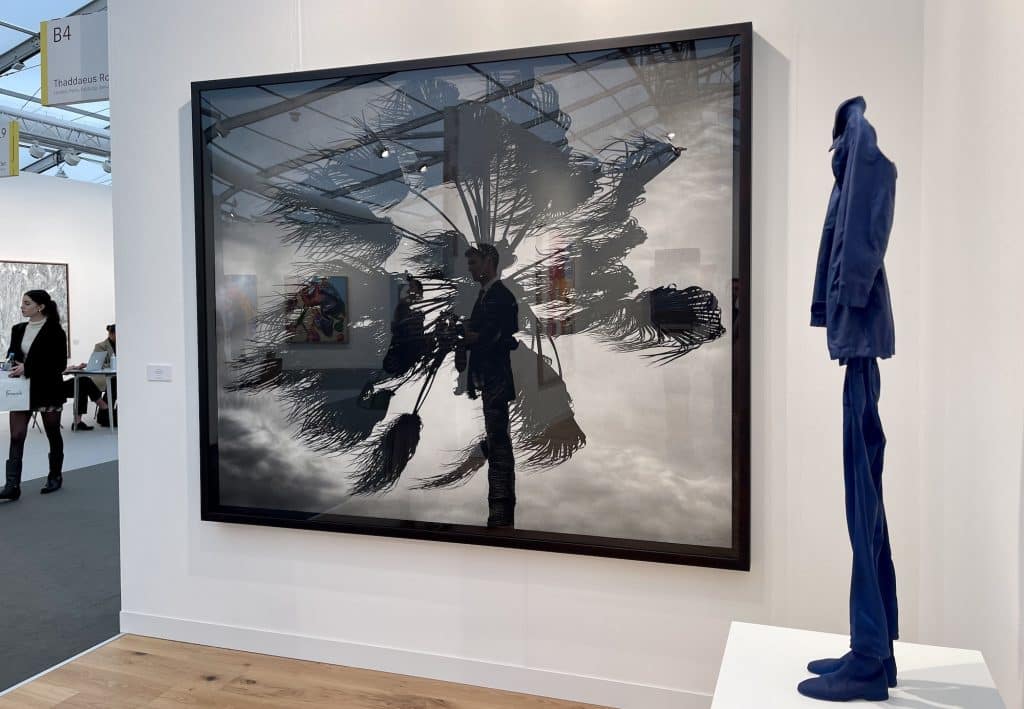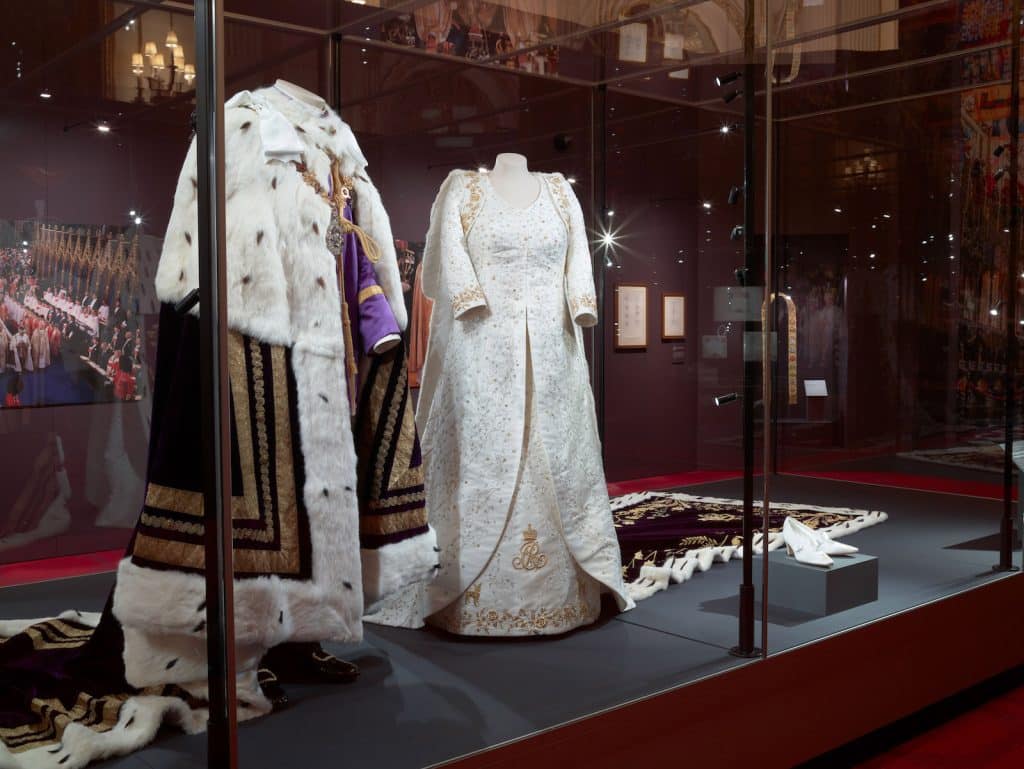Any history of photography would be incomplete without substantial mention of the famed photographic agency Magnum, now celebrating its 70th anniversary. Within its 1947 origins are both the reasons for its success and for its often rocky journey: the diverse founding group included both Robert Capa who represented the ultimate in involved photo-journalism and, at the opposite end of the spectrum Henri Cartier-Bresson whose imagery was detached and artistic. This stylistic inclusivity both made it important but at the same time ensured that members would rarely see eye to eye.
What they had in common however was a desire to break the traditional model of the photographic business – a system where the publishers had total control. Magnum Photos Inc sought to break this with a disruptive model worthy of Uber. The photographers would take control of their images, owning their rights, dictating editing and presentation and even creating content and photo-essays.
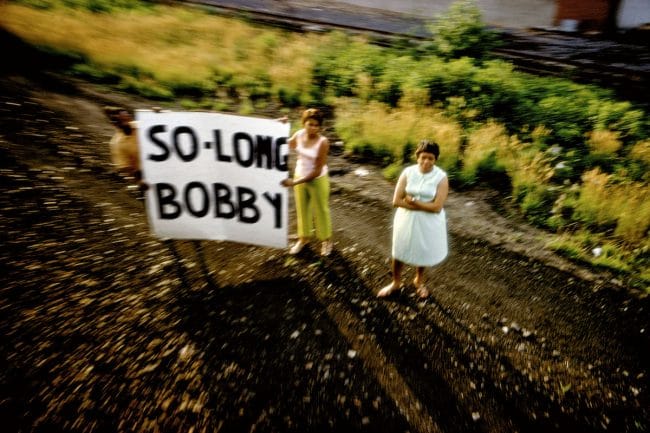
Despite the canny catch-all basis of the business – which included not only photographs but for example printing, cameras, moving images, design, studios, materials and equipment – image quality always remained high in the agenda. Magnum would always stand for intelligence in combining both reporter and artist in the photographer’s role.
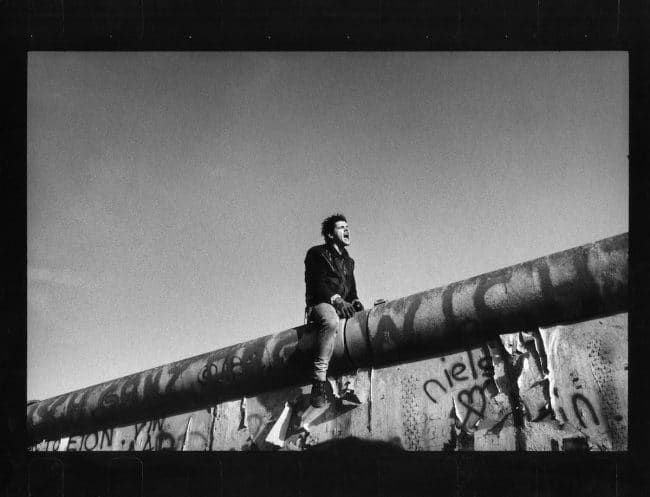
The story to be told in the Magnum Manifesto therefore is formidably complex. It is one that includes the Magnum’s founding, its ever-changing membership, the business models, the personal relationships and the artistic and cultural events that shaped the whole. In an often uneasy amalgam, its constituent photographers were often in conflict and a steady intake of new members, carefully screened and slowly inducted, meant an organisation in continuous flux.
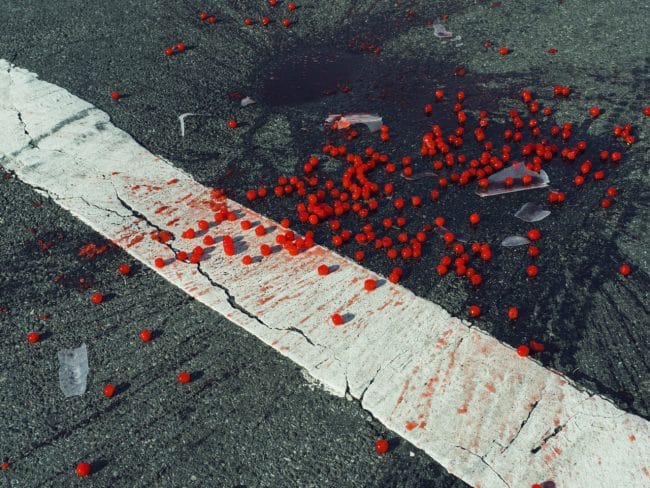
Over and above this are of course the photographs from a roll call of the best in the world in all fields – Capa, Cartier Bresson, Elliott Erwitt, Alec Soth, Alex Webb, Eve Arnold and so on. Their archive is represented by a steady stream iconic and event-defining images. These not only represented what was happening in the world but often shaped public opinion and by doing so could be argued to have moulded future events.

A deep look into the organisation is therefore so much more than a book of photographs and in fact the anniversary is being marked not just by this hugely impressive book, but by a global programme of events and exhibitions.
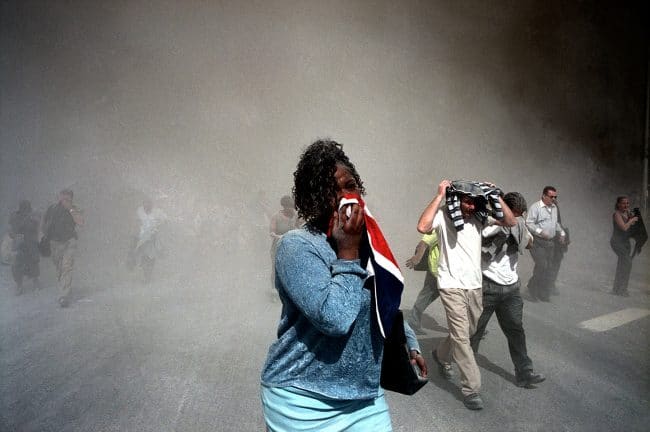
The title Magnum Manifesto makes it clear that this is not just a photo book featuring their ‘greatest hits’ but a deeper look in to everything that it represents. The book infact takes the opportunity to display plenty of lesser known, but still impressive, works. After some introductory essays, the preface looks at the four founders at the time that they created the organisation – all working busily around the globe in a rapidly changing post war world – before dividing Magnum’s story in to three key periods.
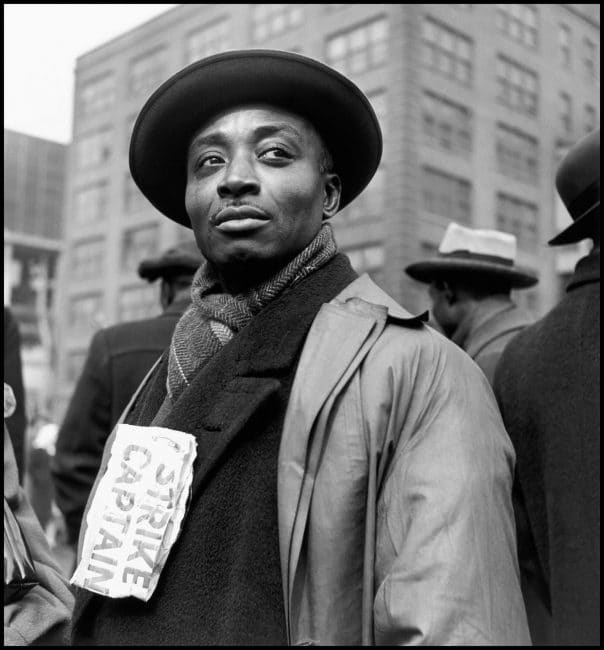
Human Rights and Wrongs represents the period from its founding until 1968. A time of widespread unrest it was also the time of the UN Declaration of Human Rights – a proclamation with the same values of liberty, equality and dignity espoused by the agency. We see representative images of hunger, postwar Soviet Union, black power, strikes and student riots before a series of longer photo essays that look at universality – a theme that at least partly inspired Edward Steichen’s landmark ‘Family of Man’ exhibition at MoMA in 1955, where nearly a fifth of the images were supplied by Magnum.
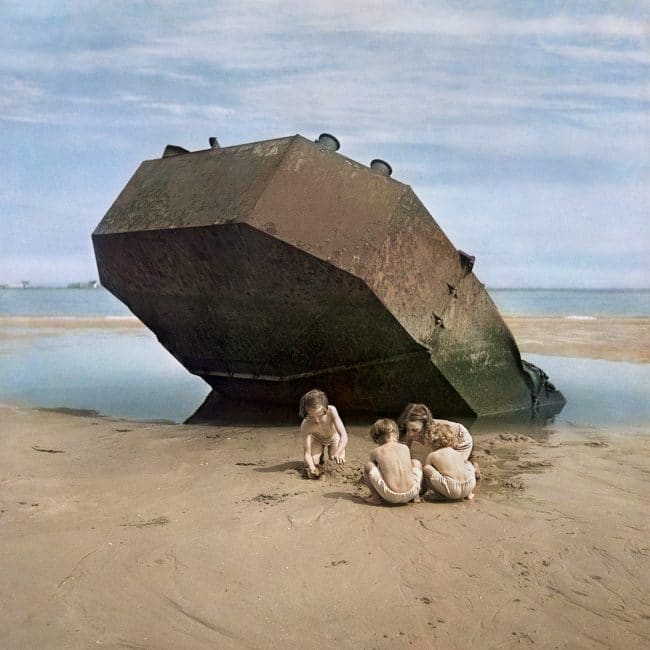
An Inventory of Differences describes the subsequent period, from 1969 to ’89, where the focus became more on differences and otherness. We find the unemployed, deformed, immigrant, minority and marginalised of the world and memorable images like Steve McCurry’s Afghan Refugee. Portfolios include Inge Morath’s Masquerade, Philip Jones Griffiths Immigrants and Josef Koudelka’s Gypsies.
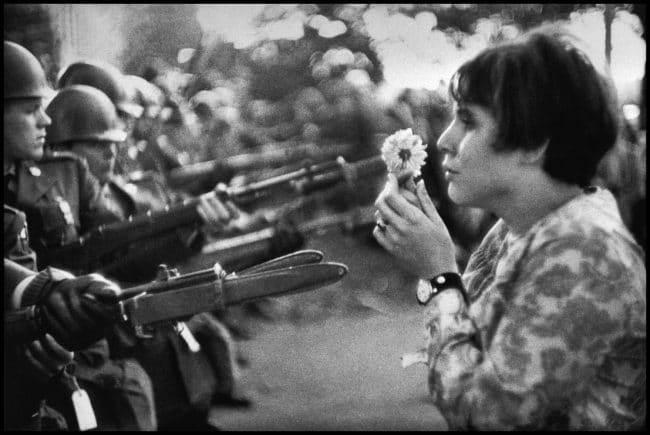
Finally Stories About Endings shows the postmodern era up to the present day. Cultural expansion led to greater ‘artistic’ output and a flowering of methods of distribution of the imagery – books, exhibitions, gallery displays and the internet. Photographers looked at what was disappearing. We see Martin Parr’s Still Lives and Colonial lives, Thomas Dworzak’s Taliban and Donovan Wylie’s The Maze.
That the Magnum Manifesto succeeds in its task is great credit to the editor Clément Chéroux who must be commended in producing something that has combined all these aspects in to a cohesive whole. We get a compelling story that draws us through the ups and downs of the organisation even whilst great historic events unfold. We also get enough stunning imagery from the great photographers to realise why Magnum is something unique and special.
An absolutely essential book on the most important photographers collective the world has ever seen.
Magnum Photos’ 70th anniversary will be celebrated with a global programme of events throughout 2017. For more information visit www.magnumphotos.com
To purchase Magnum Manifesto visit here
The first accompanying exhibition is at the International Center for Photography NY until 3 September 2017 and will then tour internationally.




